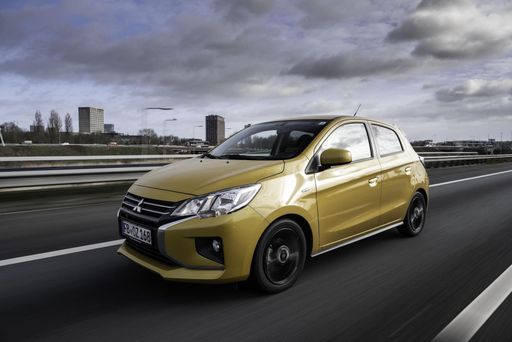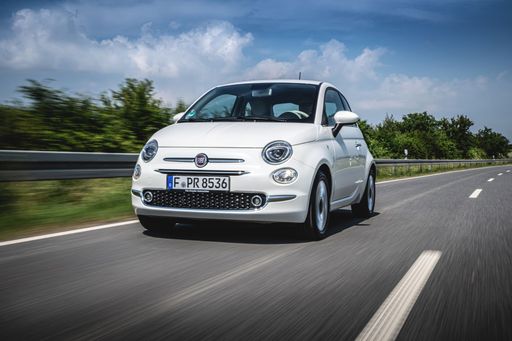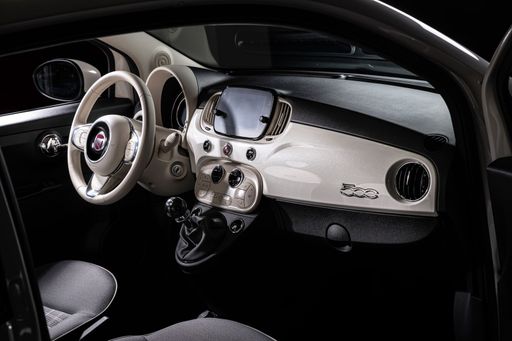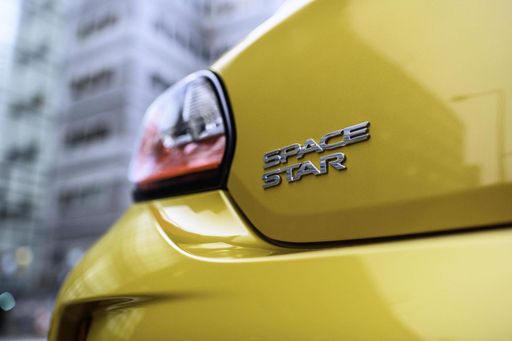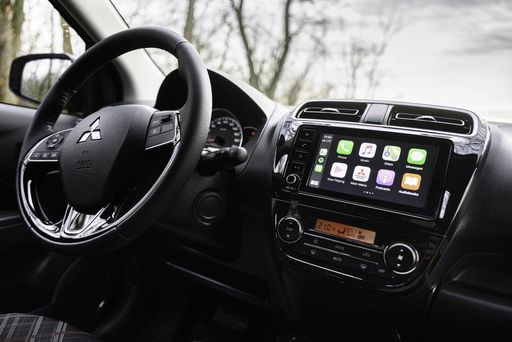The Compact Clash: Fiat 500 VS Mitsubishi Space Star
In the world of compact hatchbacks, two models have caught the attention of city dwellers and eco-conscious drivers alike: the Fiat 500 and the Mitsubishi Space Star. Both cars are designed to navigate urban environments with ease, but they offer very different experiences. Let’s delve into the technical aspects and innovations that set these two vehicles apart.

